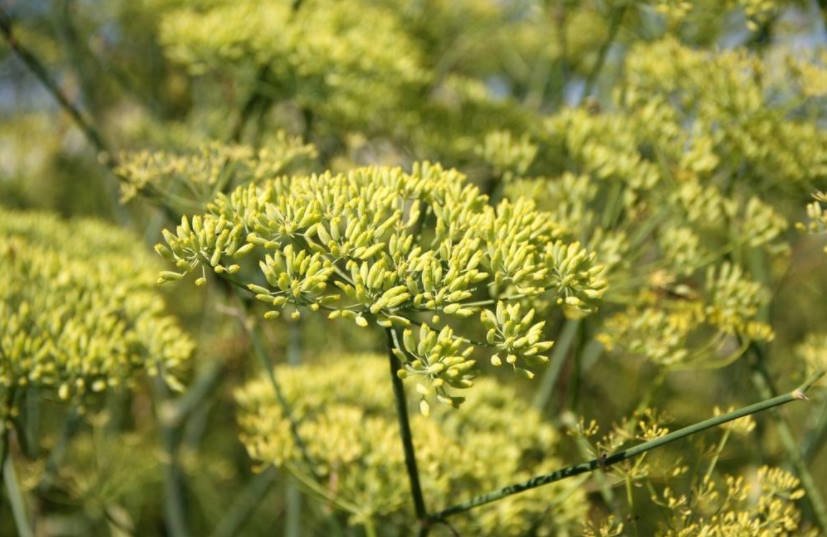
What do we know about anise? Probably, many people are familiar with aniseed drops, which are used for coughing, and perhaps someone has heard about this alcoholic drink-aniseed vodka. Anise seeds are added in the manufacture of various pieces in the marinade, with pickled cabbage. Let’s get acquainted with this interesting plant closer.
Anise (Pimpinella anisum) comes from a large family of Umbelliferae (Apiaceae). The plant is an annual, herbaceous, which indicates that its homeland is the Mediterranean or the Middle East, although it is unknown whether anise is not found in the wild at all in nature.
In the countries of the Mediterranean coast, it has long appeared, its seeds are found even in Stone Age buildings. Anise belongs to the biblical plants along with cumin, mint and hyssop.
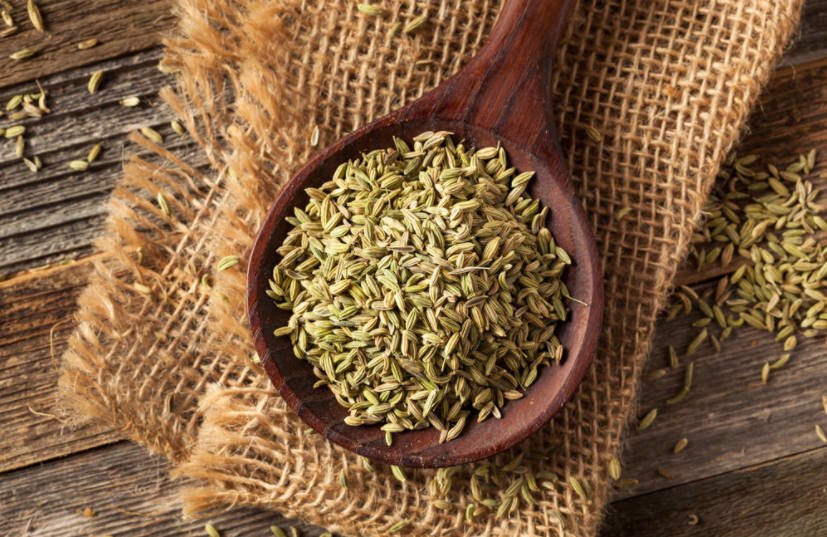
Anise Seeds
In appearance, anise is a bit like dill. Its stem is branched, up to 60 cm (23.6 in) high, the leaves are pinnate, openwork, the inflorescence is umbellate. They ripen in August.
Where anise is used
The seeds of this plant are mainly used, their aroma resembles the smell of other spicy plants – cumin, star anise, fennel. This feature is given by anise essential oil, its content in fruits can reach 28 %. Anise is grown mainly with radium oil .
Seeds are used in medicine, perfumery, cooking, but they are especially widely used in the alcohol industry. On the basis of this plant, a variety of drinks are made: anise and pastis in France, anise paste in Spain, Sambuca in Italy, ouzo in Greece, Arak in Iraq.
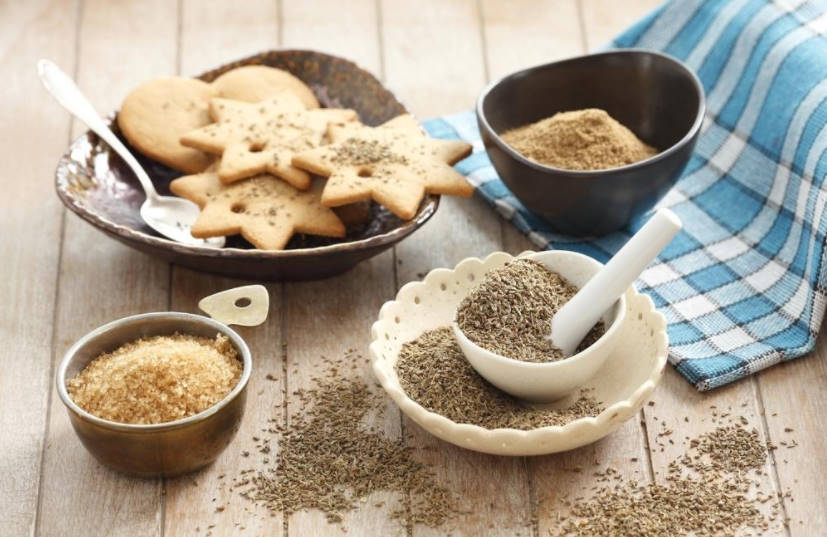
Cookies with anise
In cooking, it is used in baking bread, confectionery, as well as in the fish and meat industry.
The seeds of this plant have healing properties, so they are used in folk and traditional medicine, especially for diseases of the stomach and intestines, as well as for lung diseases. Decoctions from anise seeds are taken for general strengthening of the body, for coughing, hoarseness of the voice, for improving the condition of the skin (rejuvenation), for bad breath.
Growing anise
You can get the seeds of this interesting spicy plant by growing anise in the garden. It grows well on ordinary garden soil, does not like only heavy clay and sandy soils.
Anise was planted in early spring, as soon as the land would allow it to be well processed. Furrows or lines are made on the bed with a distance between them of at least 50 cm (19.6 in). Seeds are sown in furrows necessarily in moist soil: for the germination of anise, a lot of moisture is needed.

Anise in the garden
Germinate the seeds for a long time (as in all umbrella plants). To speed up this process, they can be soaked for two days before sowing, periodically rinsing under running water. It is even better to leave the soaked seeds in the refrigerator for about two weeks before sowing.
The precursors of anise can be legumes and greens. In no case should it be celery or dill, cilantro, dill.
Care
When the seedlings grow up a little, they need to be thinned, leaving 15-20 cm (5.9-7.9 in) between the plants. Caring for anise is not difficult, you need timely watering, weeding and loosening.
It is important to remember that if you are late with sowing, the yield may decrease. In addition, in very cold weather, the germination of seeds is delayed. The growing period of anise is 120-140 days.

Anise Greens
Grow anise from greens and seeds. If you need herbs, you need to regularly pluck flower shoots. This way they will branch better, and the green mass will increase more.
Anise pests are umbrella bugs, aphids, coriander samidny. There are also diseases-rust, bacterial rot, powdery mildew. To keep the plantings healthy, it is necessary to regularly inspect the crops and remove diseased and pest-damaged plants.
Harvesting
When growing, inflorescences are left on the seeds, and they ripen at the end of August. The signal for harvesting is the yellowing of the stems and the change in the color of the fruits in the central umbrellas from green-yellow to brown. They are collected selectively: first, the umbrellas with ripe seeds are cut off, and the rest — as they mature. You should not lag behind with the cleaning, so that the seeds do not crumble.
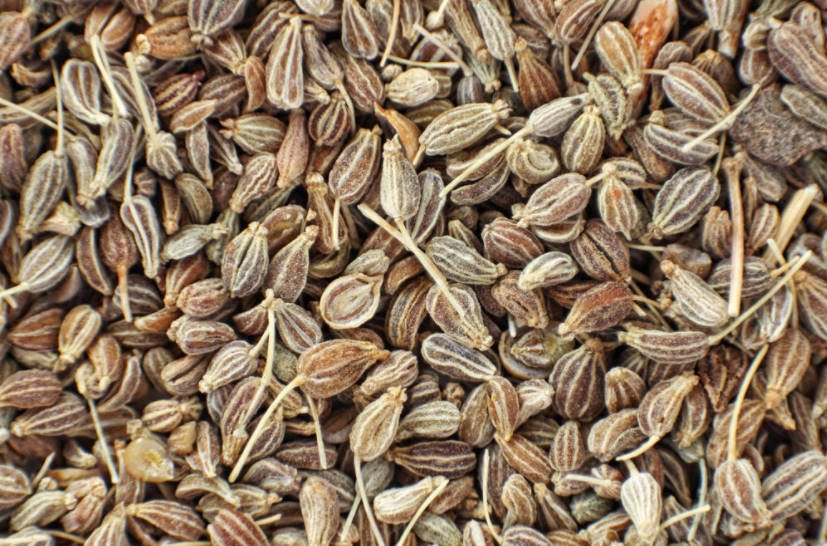
Anise Seeds
Umbrellas are dried in a shaded, ventilated place, and then threshed. Anise seeds are suitable for sowing for three years, but they are suitable for food and other purposes for longer.
It is not difficult to grow anise in the garden. Try to add to your collection of spicy plants.
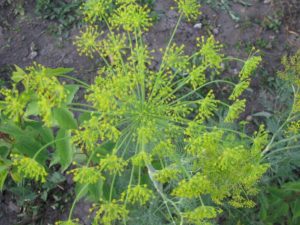
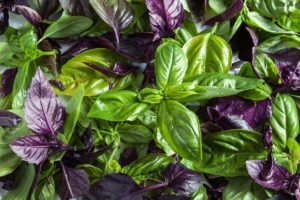
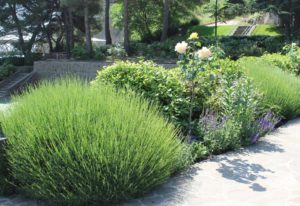
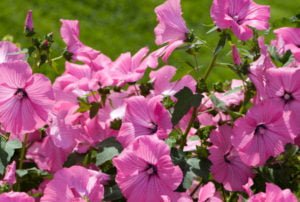
Leave a Reply